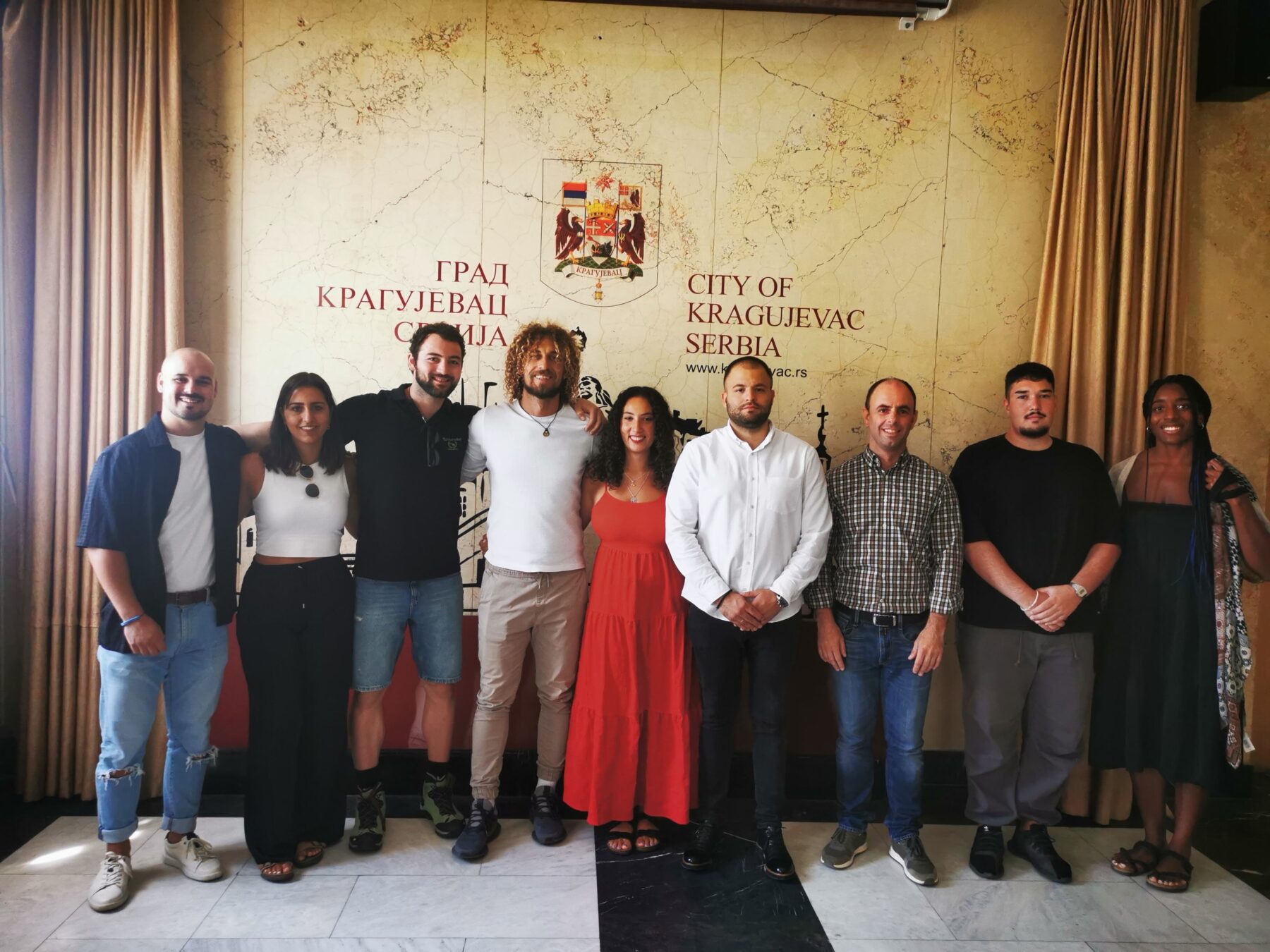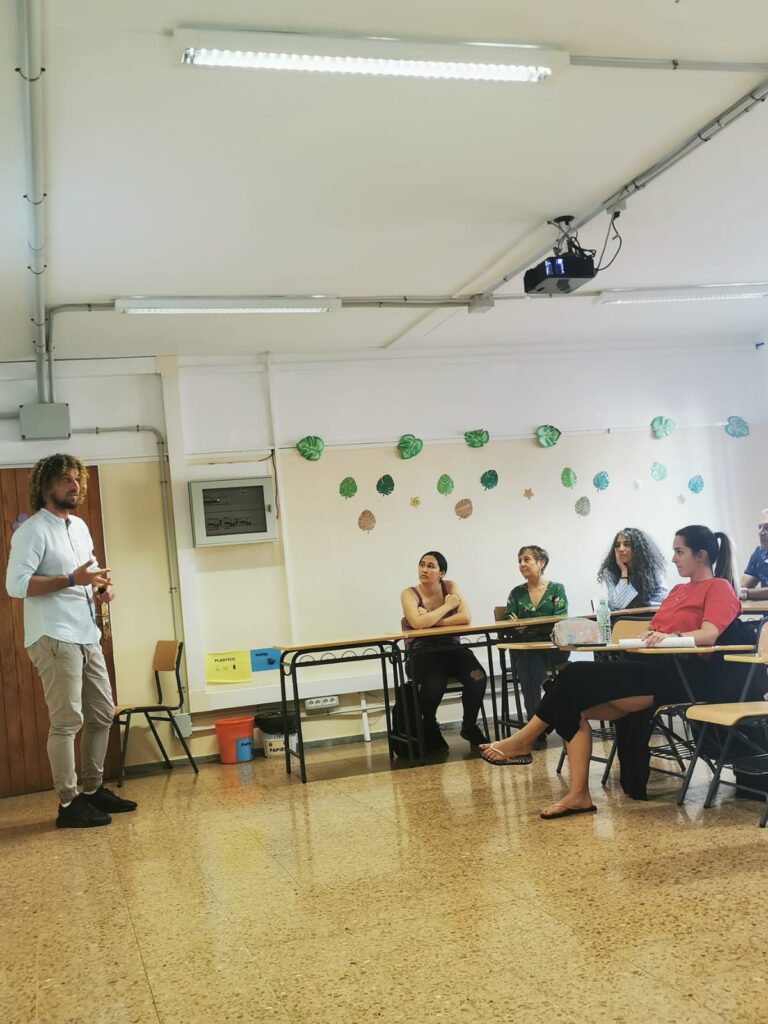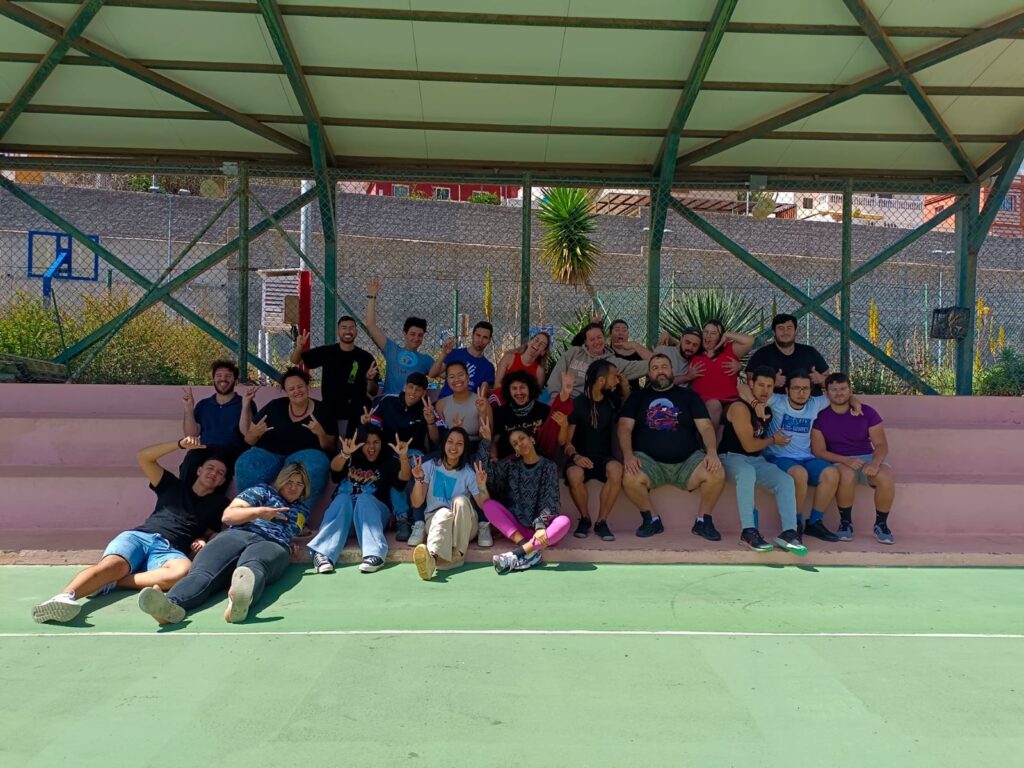Aren’t you tired of the concept of tourism? You visit the place, take a few pictures, check the “tourist attractions”, buy a magnet for your overcrowded fridge and go home.
Did you really visit a country if you didn’t get to know its culture, its people, its gastronomy, the way life takes place and goes by there?
You might think “sustainable travel” means not taking planes or cars and going by bus everywhere. Yes, we did try to take the most eco-friendly options for transport but sustainable travelling goes way beyond just how you move. It’s about becoming a traveler instead of a tourist, talk to the locals, try their food and their customs, discovering the region, be part of the experience instead of just observing from afar, and most important, leaving a positive footprint after you. In other words, spend your money in the right places, making a positive economic impact with your trip in the local community, not the tourist traps.
If we managed to keep your attention please come along and find out how we dove into the Serbian authenticity during 8 days of sustainable travel in Šumadija.
Our trip actually started in Croatia on the 31st of July 2023. Our goal: one month of sustainable traveling around the Balkans. Instead of wasting our money in the tourist amusement park that Split has turned into, we decided to take a ferry (3.15€) and stay 7 days on a small Croatian island discovering the true Dalmatian culture. But that story is for another post…
Fastforward to 7 of August 2023, Blablacar to Zagreb and Flixbus to Belgrade, local bus to Kragujevac, capital of Sumadija region: the heart of Serbia.
It might seem like Serbia is not the first destination in your mind but I assure you there is no better place to experience the long lost authenticity. Back to how things were done when people still cared about buying local, building community, eating fresh and organic, learning about culture and traditions and, above all, connecting with the people.
Even though it was barely a week, we had activities non-stop which made us truly experience how it is to live in Serbia and the Balkan life. We wish we could explain with all detail what we did, but then this post would take pages and a whole photo album. However, the point is to make a little trailer for those who want to evolve from tourists to travelers without big spoilers, so here are the highlights of our experience and a video compilation at the end:
- Visit to the Borač village and a traditional Serbian Kafana-house: imagine a farmers village in the heart of Serbia, at the feet of the highest mountain of the region whose shape scientists still can’t explain. Instead of just passing by with the bus as many Asian groups of tourists do, we were invited to a traditional restaurant built on an old Serbian farm. We ate the best organic fresh food accompanied by the family dog and cats. Still we got the magnet, but as a memory of how special this place was.
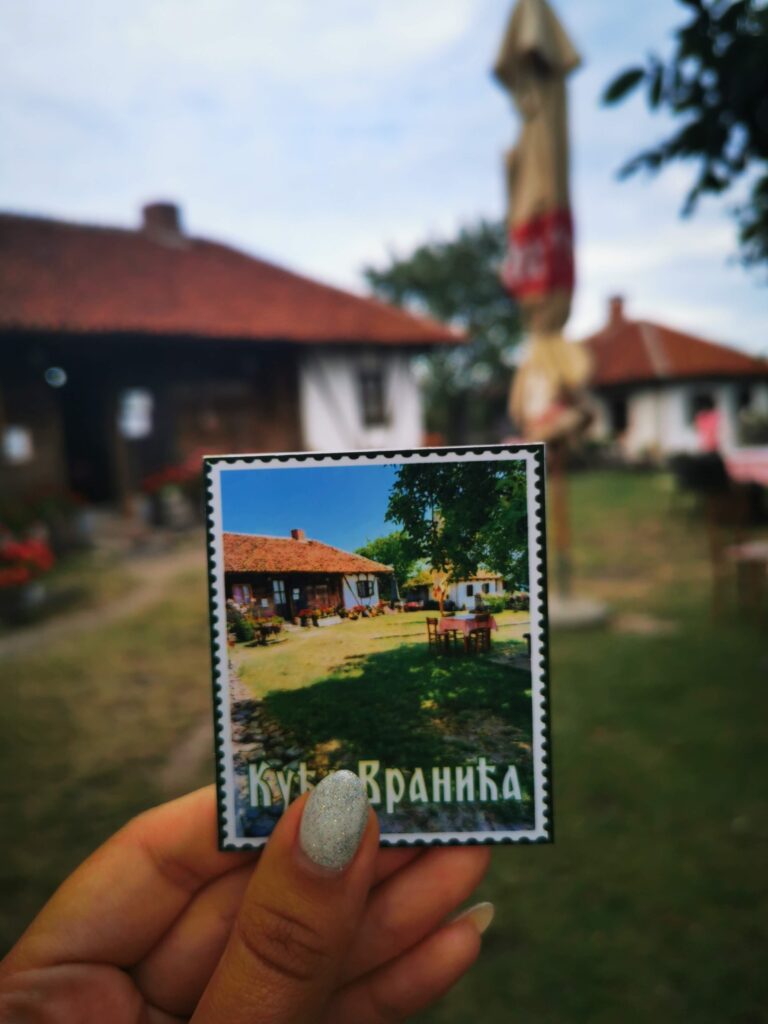
- Visit to the city hall and meet with the tourism board: after all, this was a project with a purpose: convince more people to do the same. In that sense, we decided to ask for a meeting with the tourism councilman of Kragujevac. We had very interesting debates about the future of tourism and how to turn it into a sustainable activity that benefits the people of Kragujevac and Sumadija. The councilman then extended invitations for all of us to go to a local Goulash competition.
- Gulaš competition: 120 gulaš recipes, 500 people and lots of Rakja (traditional Serbian brandy). If there was a place to learn about Serbian culture, this was it. At the end of the event, we stopped at a small stand that sold spicy paprika. The owner liked our project so much that he invited us to visit his paprika plantation the next day.
- Spicy paprika plantation visit: the owner, his wife and his three kids welcomed us with homemade Rakja, roasted chicken wings and some sweets. Serbian hospitality is a big part of the charm of this country. The visit lasted a few hours in which we learned all about spicy paprikas (chilies), varieties, flavors, colors and prices. We all left with a handful of different chilies and spicy lips.
- Visit to a Rakja production factory and salsa and Bachata dance party : In the morning we visited Podrum Pevac, a local Rakija factory but one of the most famous in the country exporting to all continents, we tasted a bit to many brandies that morning but how couldn’t we say no? Serbians certainly have a strong stomach.
After our midday hangover, the local dance studio also heard about our visit and invited us to their monthly dance party by the lake. Some of us already knew a few steps and had a blast.
- TV Stars: After the visit to the city hall, the regional TV station gave us a slot in the morning program to share our experience so far, we had to learn a few words in Serbia but definitely something we will not forget.
- Organsko Mitrović: have you ever wondered how farm life is? This visit kept a special place in our hearts. We bonded with each animal living there, the dog, the three cats, the gooses and the chickens, we even learned how to pet bees! The cherry on top, we ate a traditional dinner with fresh organic vegetables. Nowadays, luxury is not a Michelin-star restaurant, luxury is eating a whole meal with ingredients that were harvested 5 meters away.

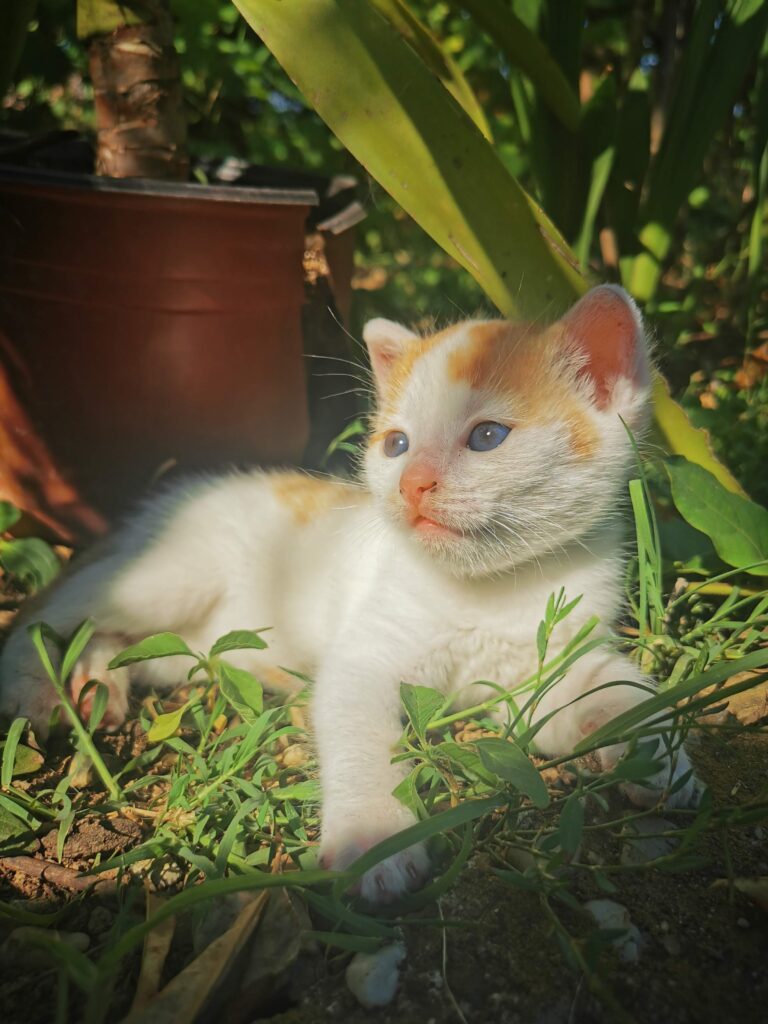
- Special thanks: gratefulness is probably the strongest feeling in this trip, first to EKO FUN KAMP and O2 POR LA VIDA for giving us this opportunity, all the neighbors of our hosts who were kind enough to offer their big kitchen when needed, their car or help (true sense of community), Kragujevac city hall for hearing us and such a warm welcome, and finally, a wholehearted thank you to all the locals who treated us like one of their own and made us feel at home.
If you want to know more about this project, or want to participate in the upcoming ones don’t hesitate to contact Eko fun kamp or O2 por la vida in their official channels.
Created by Aránzazu Rodríguez Mederos

